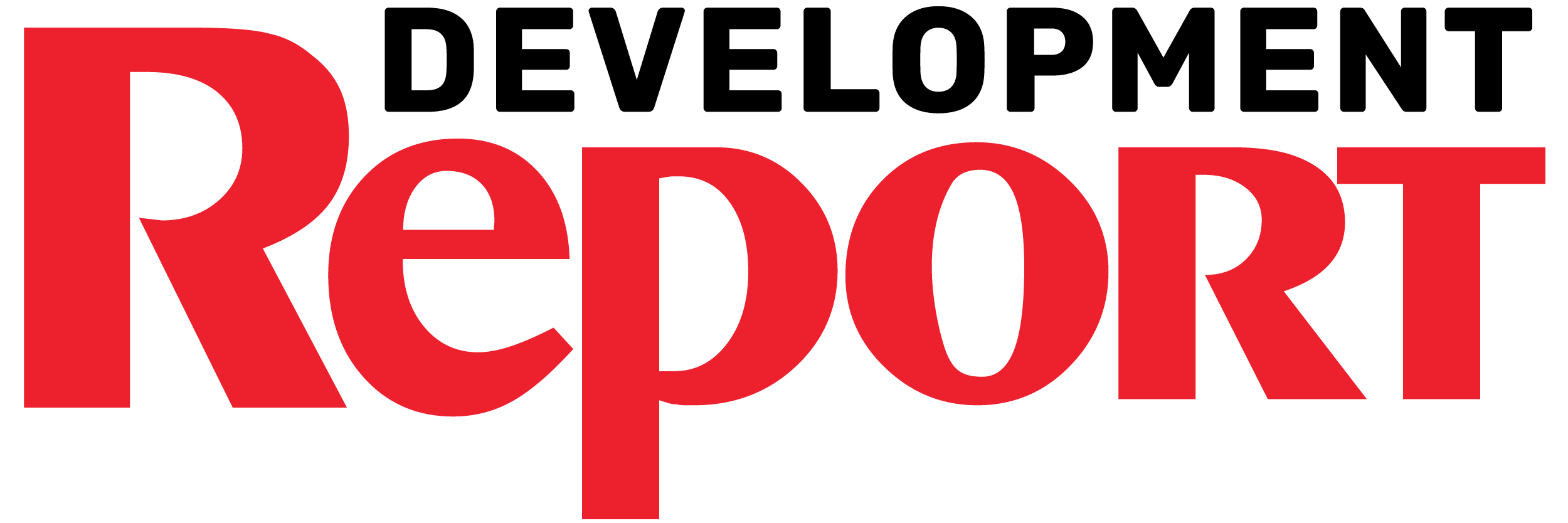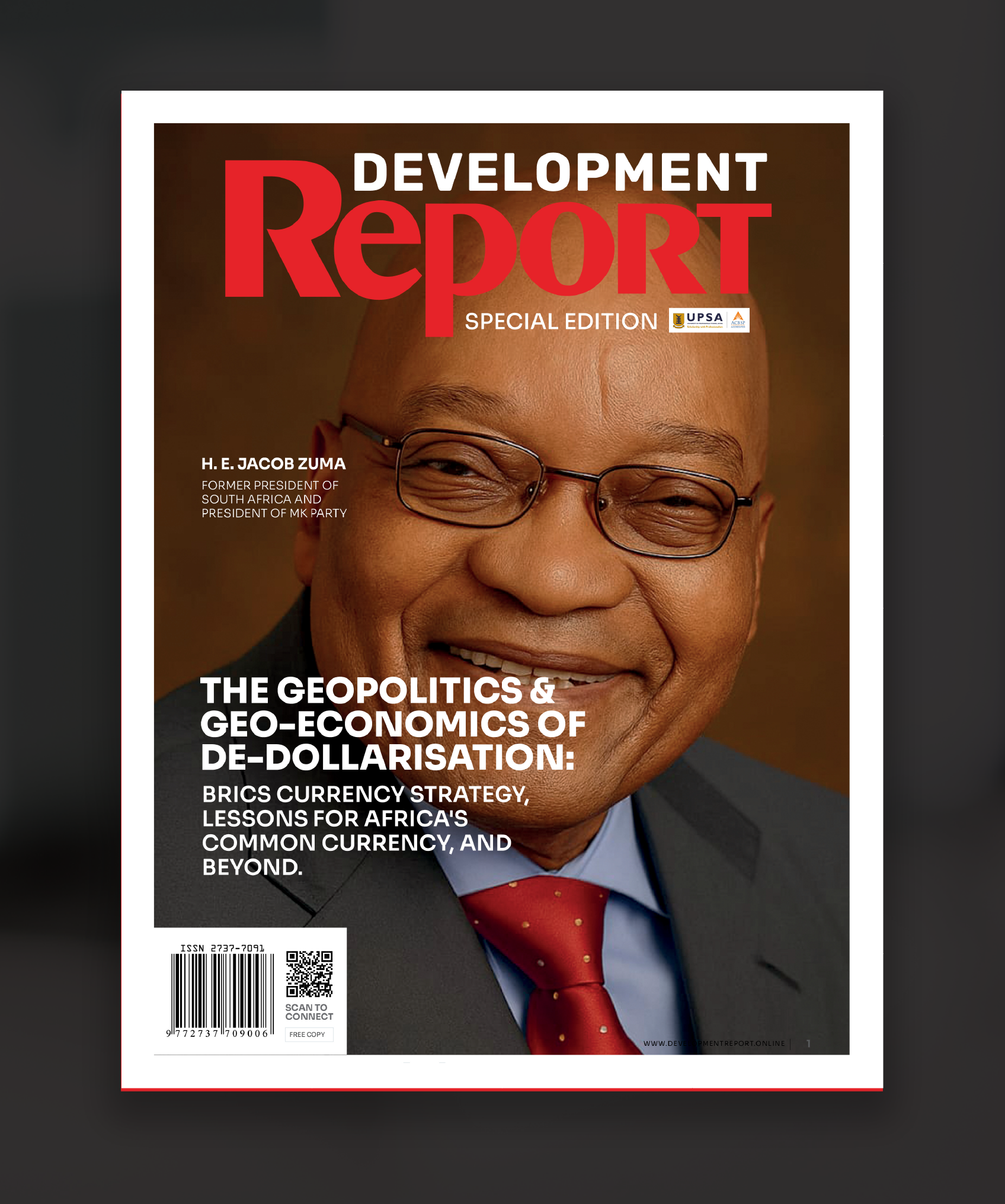Introduction
Ghana’s economy demonstrated resilience in 2024, achieving a real GDP growth rate of 5.7%, which exceeded the expected 3.1% growth. Inflation, while showing signs of decline, remained a key concern, with a 2024 year-end rate of 23.8%, 880 basis points above the target for the period. However, the outlook for 2025 suggests a moderated growth trajectory while inflation is expected to drop to Bank of Ghana’s medium-term target starting in 2026. Achieving these targets is contingent on the Government’s fiscal consolidation efforts and the success of key initiatives such as the big-push infrastructure plan, Agriculture for Economic Transformation Agenda (AETA), and the 24-hour economy.
| Indicators | 2023 Outturn | Revised 2024 Target | 2024 Outturn | 2025 Target |
| Overall GDP growth (% y-o-y) | 3.1% | 3.1% | 5.7% | 4.0% |
| Non-oil GDP growth (% y-o-y) | 3.6% | 2.8% | 6.0% | 4.8% |
| Inflation (end period) | 23.2% | 15% | 23.8% | 11.9% |
| Overall balance deficit (% of GDP)- commitment basis | 3.3% | 4.2% | 7.9% | 3.1% |
| Primary balance (% of GDP) – commitment basis | (0.2)% | 0.5% | (3.9)% | 1.5% |
| Import cover (months) | 2.7 | 3.0 | 4.0 | 3.0 |
Source: 2025 Budget Statement and Economic Policy
Recent Performance and Key Drivers:
The stronger-than-expected GDP performance reflects a steady post-pandemic recovery, supported by reforms under the IMF-backed Post COVID-19 Programme for Economic Growth (PC-PEG). The completion of the programme’s third review in 2024 brought in USD1.9 billion in disbursements, which helped restore investor confidence and provided much-needed fiscal space. The services and industry sectors largely drove the growth, with key contributions from the information and communication, mining, and construction subsectors. Higher gold prices played a major role in lifting mining activity, although overall gains were tempered by a slowdown in oil production.
Meanwhile, the disinflation trend halted, with 2024 year-end inflation rising slightly to 23.8%, up from 23.2% at the end of 2023. Fiscal pressures related to the 2024 general elections led to slippages, resulting in a budget deficit of 7.9%. On a positive note, Ghana’s international reserves was about four months of import cover, supported by progress made on external debt restructuring.
Economic Growth Outlook:
Given the ongoing fiscal consolidation program, the Government projects GDP growth to moderate to 4.0% in 2025 before stabilizing at 5.0% over the 2026 to 2028 period. The projected average growth of 4.8% over the medium term appears conservative in view of the country’s 2024 economic performance. It remains unclear to what extent the potential impact of the USD10 billion “Big Push” and the “24-hour Economy” policy have been incorporated into this conservative future growth outlook. The Government expects to revive cocoa farming through the AETA, improving upon a 22.4% growth decline in 2024 to 5.6% in 2025, and further to 8.3% in 2026. However, medium-term projections for the industry and services sectors are below their 2024 levels.
The first quarter of 2025 has seen a gradual but consistent decline in inflation, with the rate easing to 22.4% in March 2025, down from 23.8% in December 2024. The Government’s 2025 inflation target of 11.9% appears ambitious, especially against the backdrop of ongoing economic uncertainties. In response, the Bank of Ghana has maintained its tight monetary policy stance, raising the policy rate by 100 basis points in March 2025 to 28% to anchor inflation expectations. However, the growing divergence between the policy rate and treasury yields could make it more difficult to stabilize the exchange rate and bring inflation under control. Inflation is projected to gradually ease and fall within the Bank of Ghana’s medium-term target range of 6% to 10% from 2026. Ghana’s economic outlook will be influenced by a combination of factors—including global geopolitical risks, the outcome of ongoing IMF programme reviews, the Government’s ability to effectively implement its policies and initiatives, especially expenditure rationalisation, and the strength of coordination between fiscal and monetary policy actors. These dynamics will require close attention and support from all stakeholders in the period ahead.
Source: KPMG


